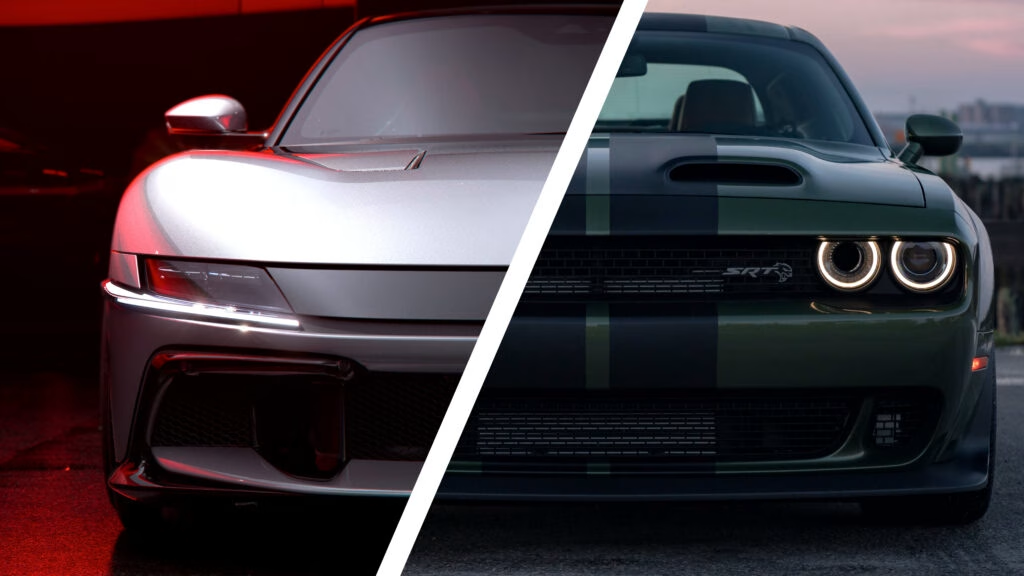Why Do So Many Collectible Cars Sit Undriven?
If you’ve ever wandered through a classic car show or scrolled through auction listings, you’ve probably noticed a curious trend: some of the most exciting cars on the planet barely have any miles on them. It’s a head-scratcher. After all, isn’t the whole point of owning a performance car to actually drive it? Turns out, there’s a method to the madness—and some surprising winners (and losers) when it comes to which brands get driven and which ones just gather dust.
Which Collector Cars Are Actually Being Driven?
A recent study by Hagerty, a trusted name in the collector car world, dove into the mileage of vehicles from the past decade that have crossed the auction block. The findings? Most modern collector cars—think model years 2016 and newer—show up with odometers reading somewhere between 1,000 and 9,999 miles. That’s not exactly cross-country road trip territory, but it’s enough to suggest these cars aren’t just sitting in a garage, untouched.
But dig a little deeper and the story gets more interesting. Among the brands studied—Ferrari, Porsche, Ford, Chevrolet, and Dodge—it’s the Ferraris and Porsches that are most likely to have been driven. Out of all the recent auctions, only eight examples from these two luxury brands had fewer than 100 miles on the clock. That’s a tiny number compared to their American muscle counterparts.
Why Are Hellcats and Corvettes the Most Undriven?
Here’s where things take a twist. While you might expect Ferraris or Porsches to be the ones treated like museum pieces, the data shows it’s actually Dodge and Chevrolet leading the pack in undriven cars. Chevrolet had 15 Corvettes with less than 100 miles, Ford had 20, but Dodge blew everyone away with 44 vehicles—mostly Hellcats and Demons—barely touched since leaving the factory.
What’s driving this? A big part of it is speculation. Owners are betting that these high-horsepower muscle cars will become future collectibles, so they’re tucked away in climate-controlled garages, waiting for their value to skyrocket. It’s a classic case of supply and demand—or at least, the hope that demand will eventually outstrip supply.
Does Rarity Still Matter When Everyone’s Saving Their Car?
Here’s the catch: when everyone has the same idea, rarity goes out the window. The market is now flooded with ultra-low-mileage Hellcats and Demons, making them less rare—and potentially less valuable—than owners hoped. According to Hagerty’s analysis, the abundance of these undriven cars is starting to erode the very scarcity that was supposed to make them special.
This isn’t just theory. Recent auction results show that even electrified Corvettes can lose a quarter of their value after just 112 miles. It’s a sobering reminder that the collector car market isn’t always predictable, and sometimes, holding out for a big payday can backfire.
Are European Exotics Really Driven More?
Surprisingly, yes. Despite their reputation as status symbols, Ferraris and Porsches are more likely to be driven than their American muscle counterparts. Maybe it’s the European philosophy that cars are meant to be enjoyed on the open road, or perhaps it’s just that owners of these brands are less concerned about preserving “delivery mileage” for future resale. Whatever the reason, the numbers don’t lie: Ferraris and Porsches are seeing more real-world use.
What’s the Real Value of Driving Your Collector Car?
There’s a growing consensus among experts and enthusiasts alike: cars are meant to be driven. Not only does regular use keep mechanical components in better shape, but it also delivers the kind of joy and connection that no investment portfolio can match. As Hagerty’s own analysts put it, “Just drive your cars.” The experience is worth more than a few extra dollars at auction.
The big takeaway? Collector car ownership isn’t about perfection—it’s about smarter adjustments. Start with one change this week, whether that’s taking your prized ride out for a Sunday spin or rethinking your approach to mileage. Odds are, you’ll notice the difference—not just in your car’s condition, but in your own enjoyment—by the end of the month.

